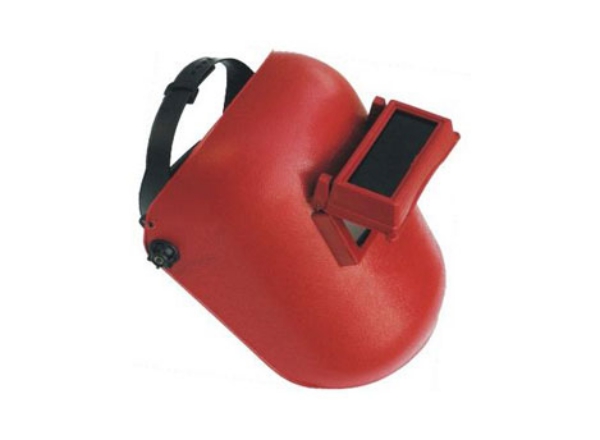When talking about the dangers of this work, welding workers may say: "Without courage, there is no honor", but anyone who is serious about welding work that is more suitable for welding should be concerned about safety. It is important to understand common welding damage and how to avoid them.
See the danger
Eye injuries are one of the most common problems:
Welder flash, arc eye or flash burn-caused by ultraviolet (UV) and infrared (IR) light (radiation) from the welding arc. Ultraviolet rays can affect the eyes like a severe sunburn, but you may not notice it for a few hours. Infrared feels like intense heat because it burns the retina and eventually leads to cataracts. Radiation exposure is painful and will cost you to see a doctor and work days.
The air is full of sparks and hot metal drops/particles
Improper arc distance between head and welder.
Minimize eye risk by:
Use appropriate goggles, namely goggles and welding mask.
The lens hood on the welder's mask dims the light, but its filter intensity is 8-13. Use the most suitable current for the amperage.
Use welding blind plates to manage air hazards.
Keep your head at a safe distance from the arc. If necessary, use auxiliary glasses in the welding hood to enlarge the working surface.

Hear the danger
If you cannot hear the person standing next to you speaking, your ears and hearing may be vulnerable to welding damage:
Flying debris and particles- penetrate and attack the ear canal
Excessive noise (more than 85 decibels on average in an 8-hour working day). The sound was as loud as the bull-dozer idling.
Super-high-pitched continuous noise can damage the eardrum and inner ear.
Possible hearing loss
Minimize the risk of hearing by:
Wear earplugs or earmuffs
Avoid staying in a noisy environment for a long time
Sound barrier
Regular hearing test
Nose for trouble
You may not always notice what is in your nose and mouth, but you should be vigilant:
Inhale toxic gases from welding, such as paint, solvent residues and fumes.
Inhaled chemical substances such as manganese, which are present in welding rods, electrodes and wires.
Causes a disease called "welder's Parkinso's disease"
Chronic respiratory diseases due to inhalation of metal or mineral particles such as iron oxide.
Disorientation
Minimize the risk of breathing:
Proper ventilation of the work area can absorb a lot of smoke.
Wear suitable respirators for long-term and professional welding.
There are many other issues that need attention, including:
Burns caused by flame ignition, improper torch lighting, improper handling of flammable materials, or accidental contact with objects that are still hot.
Lift heavy objects without proper posture or assistance.
Repeated exercises such as grinding and brazing can cause nerve and tendon damage. Use anti-vibration gloves or adjustable shock-absorbing handles to reduce movement.
UV rays can also burn the skin, so wear suitable gloves and clothing. This includes safety shoes, as sparks and hot metal can splash on the floor.
The above information is provided by welding helmet supplier.






